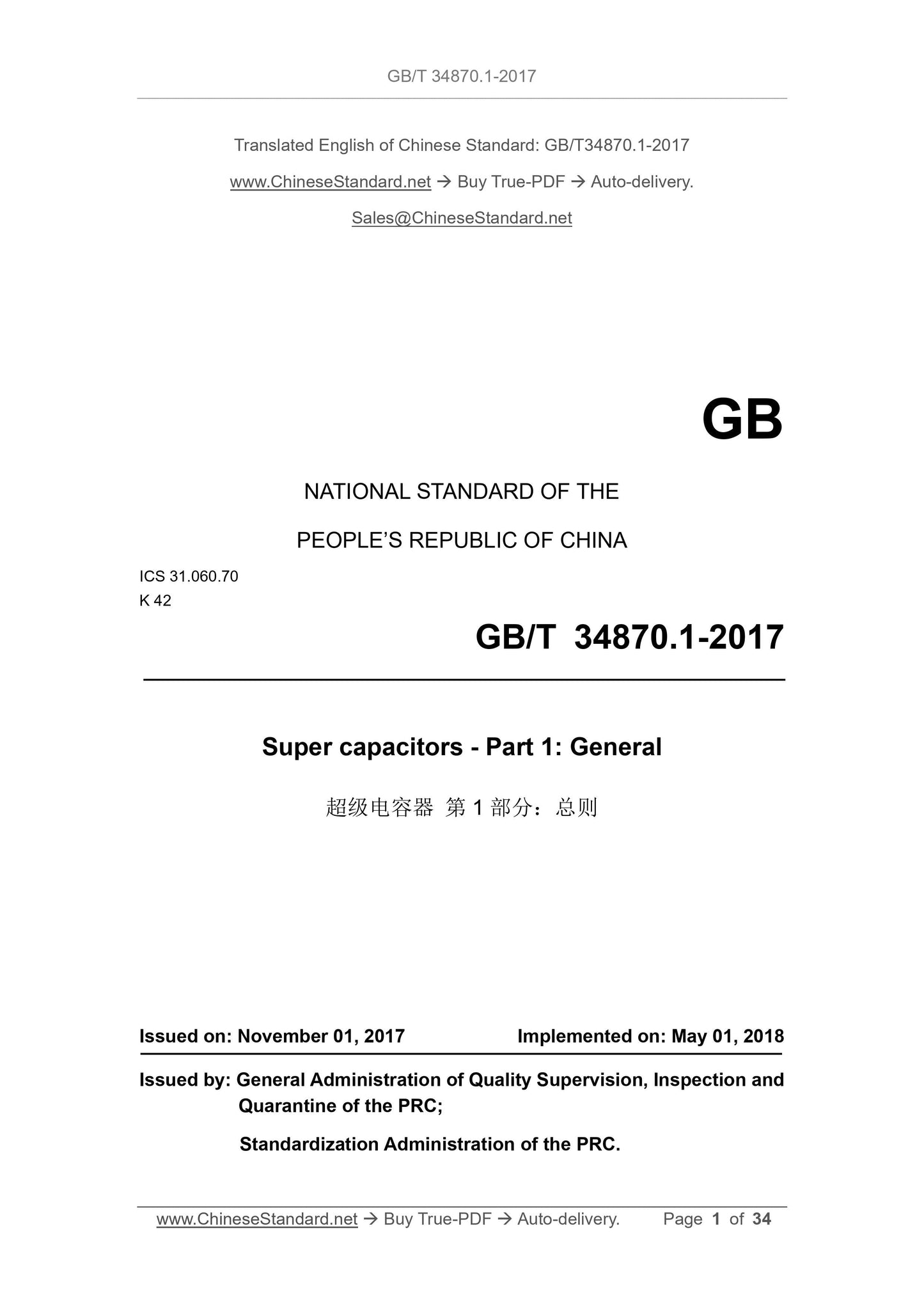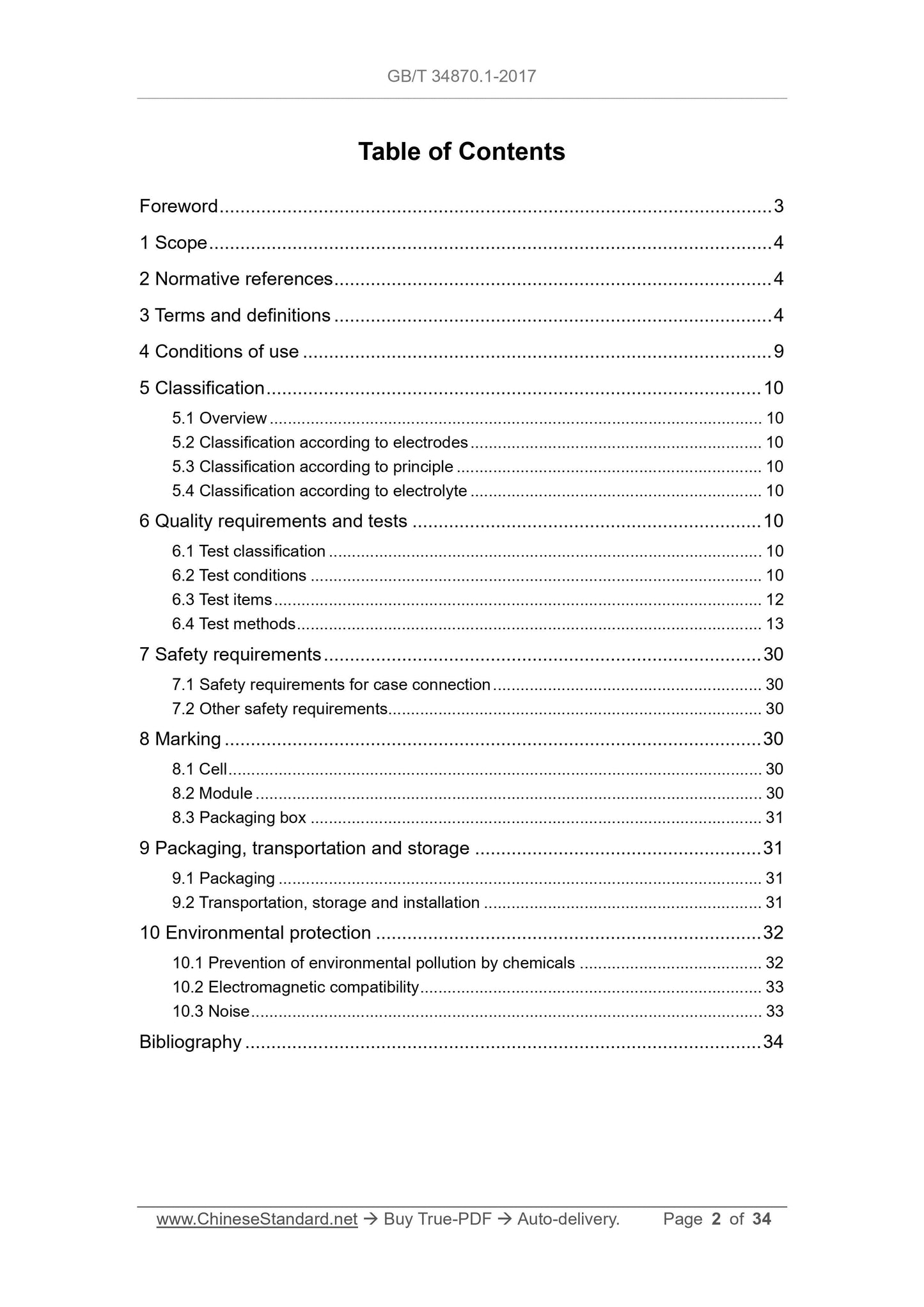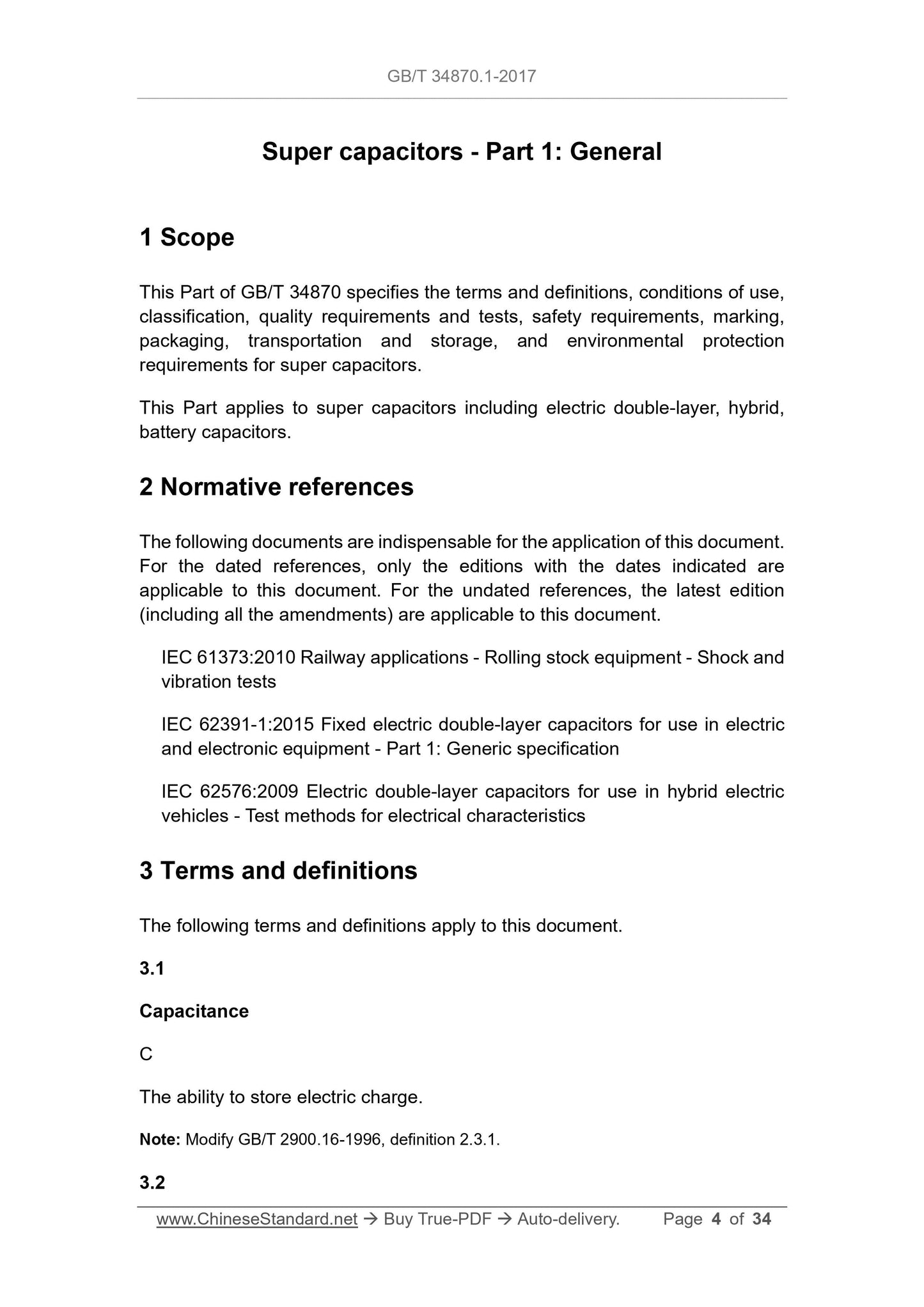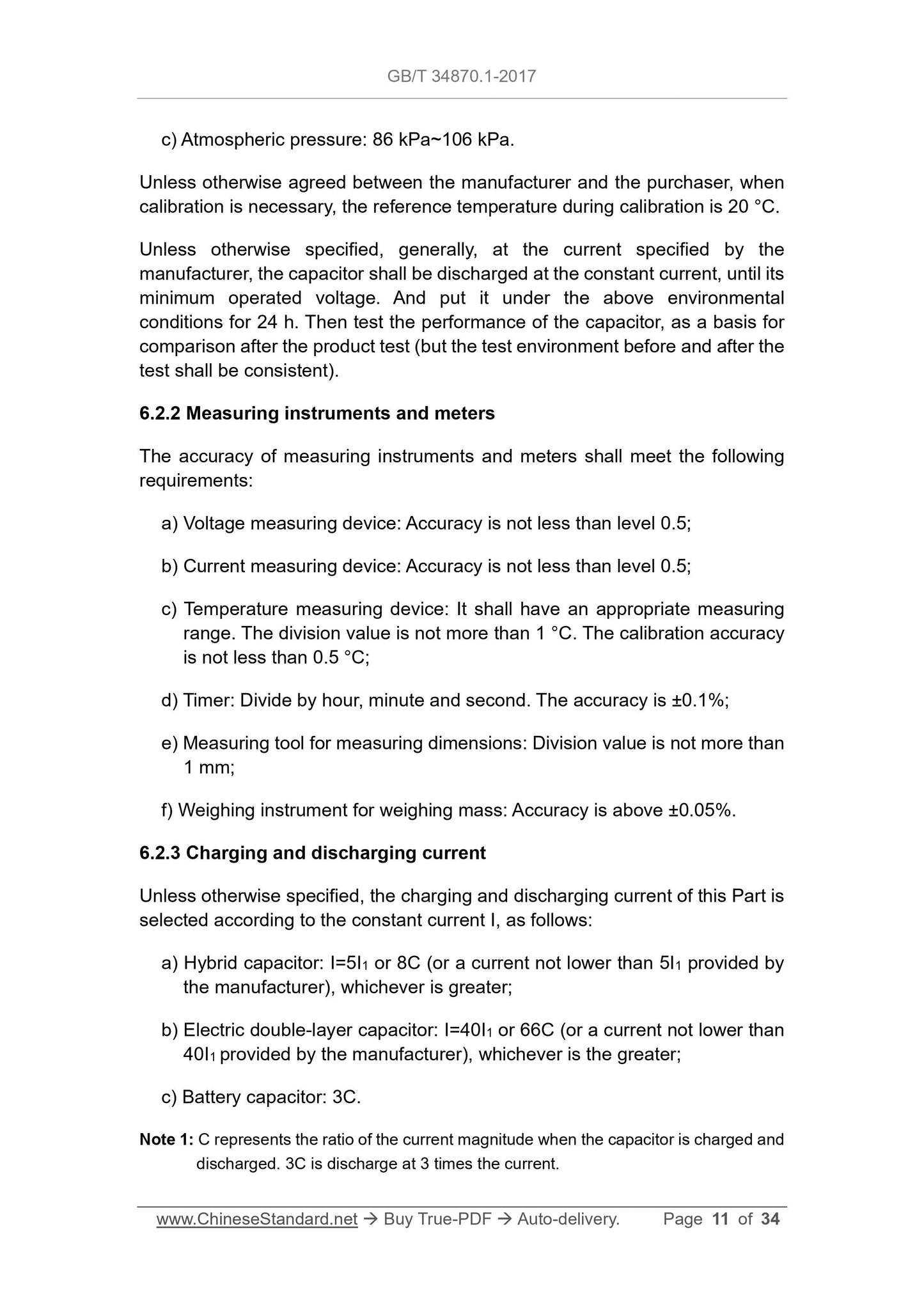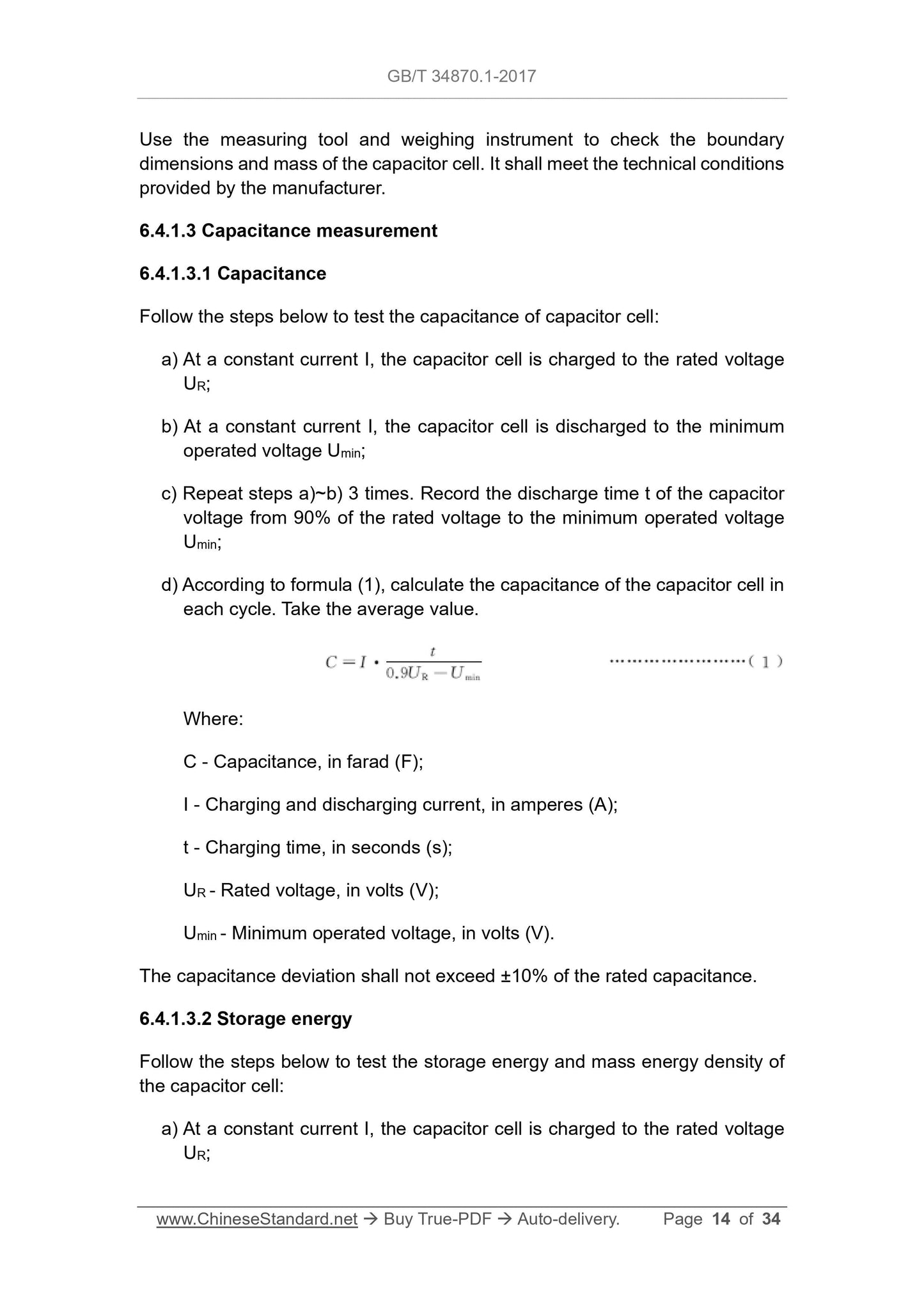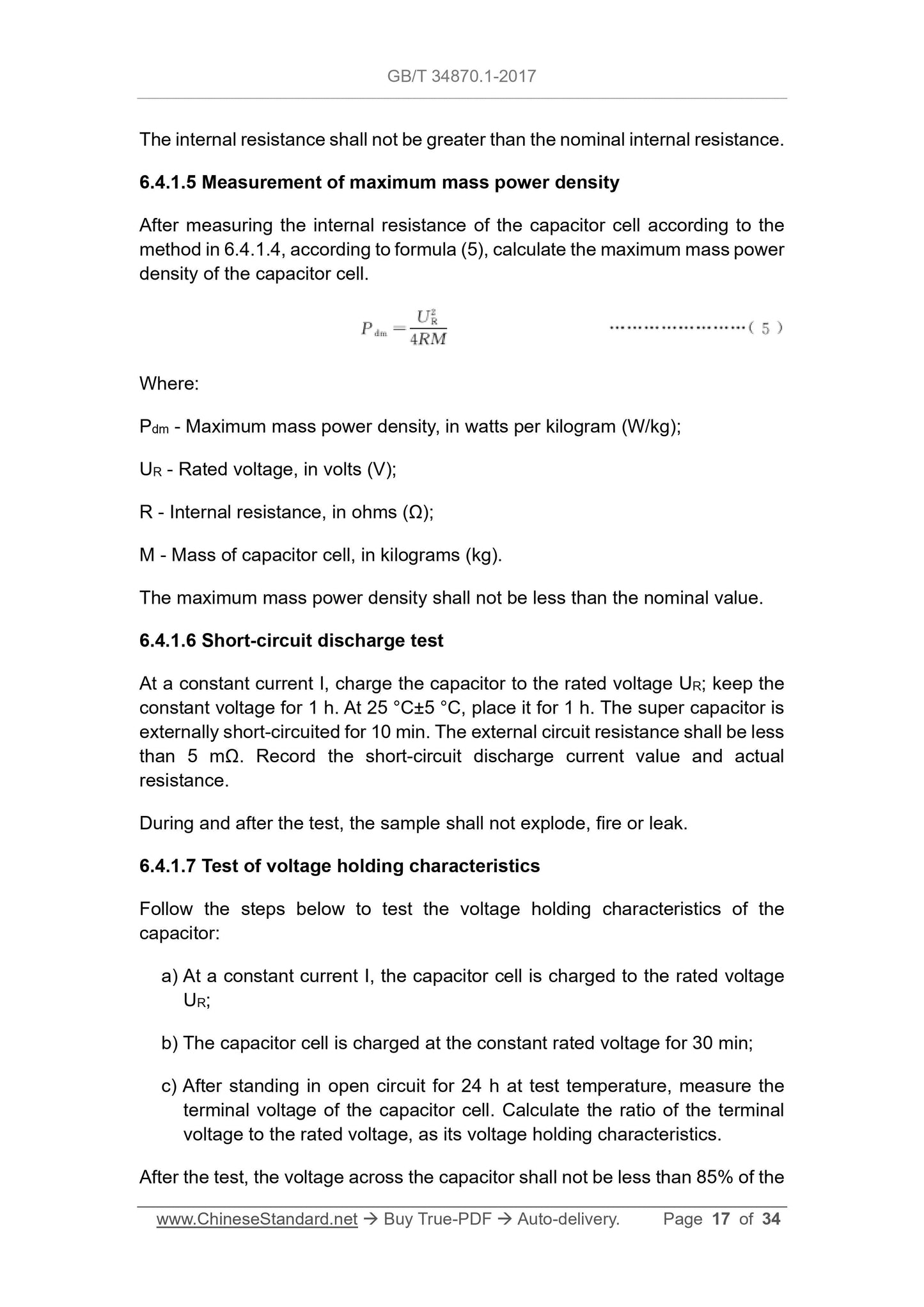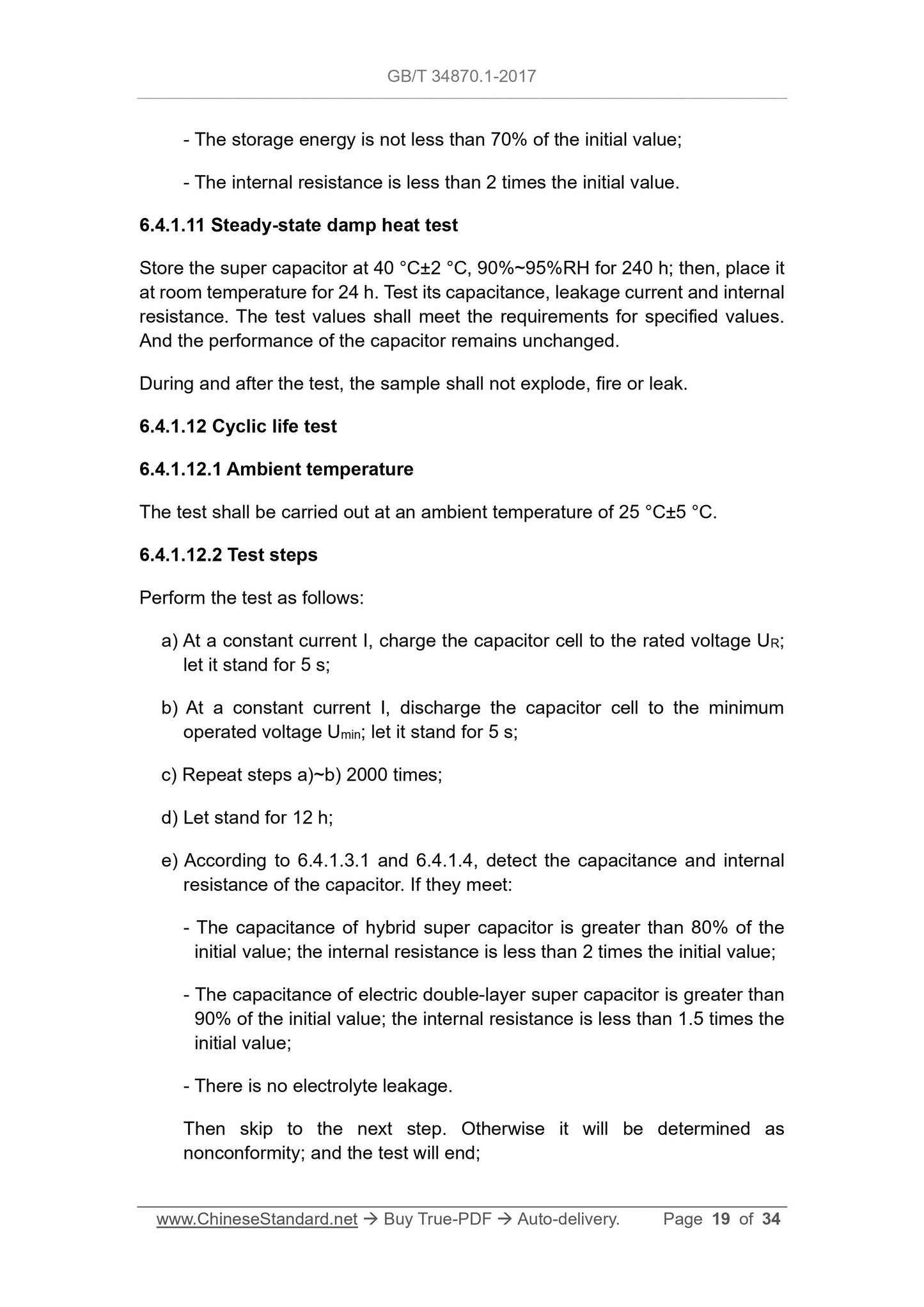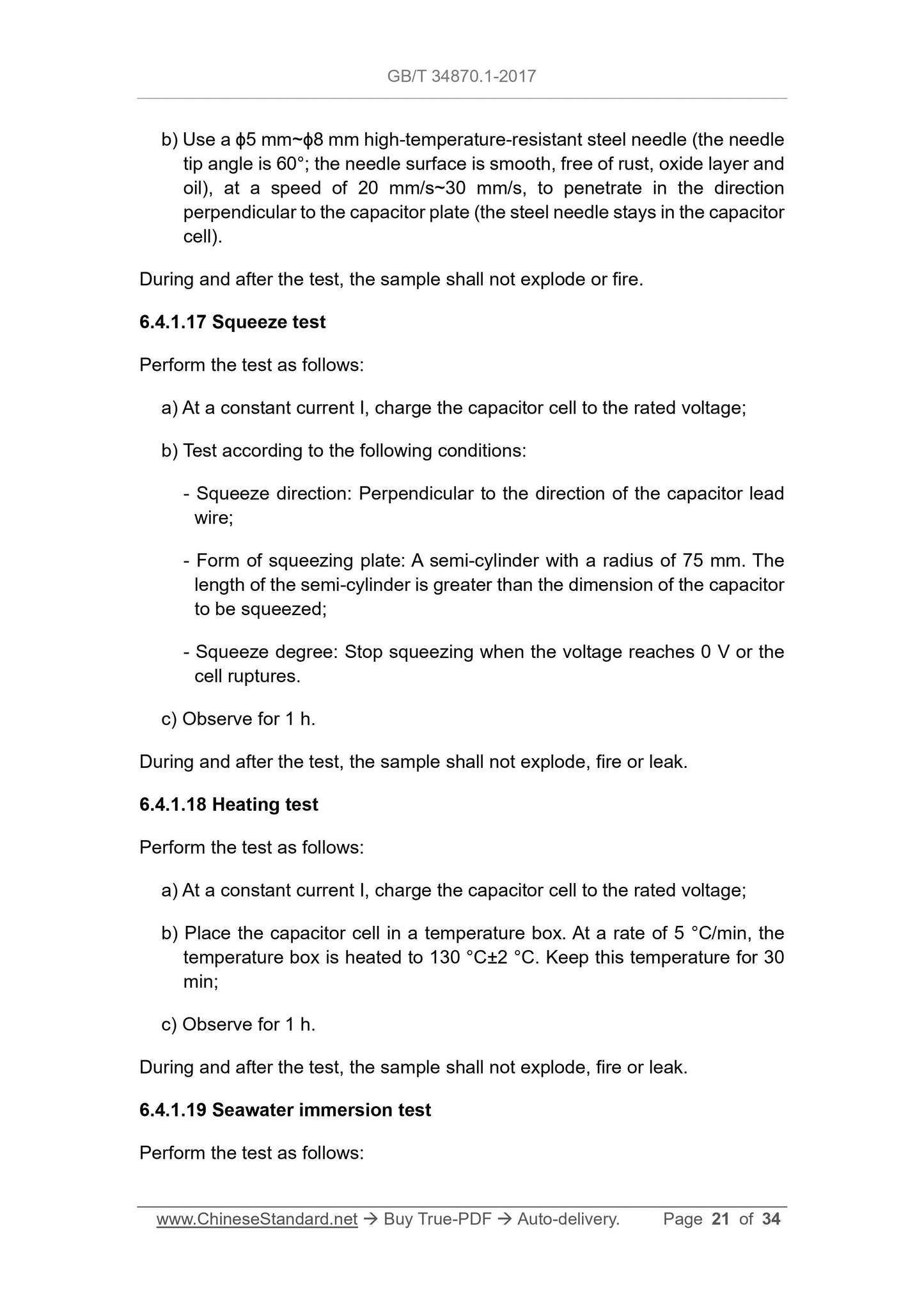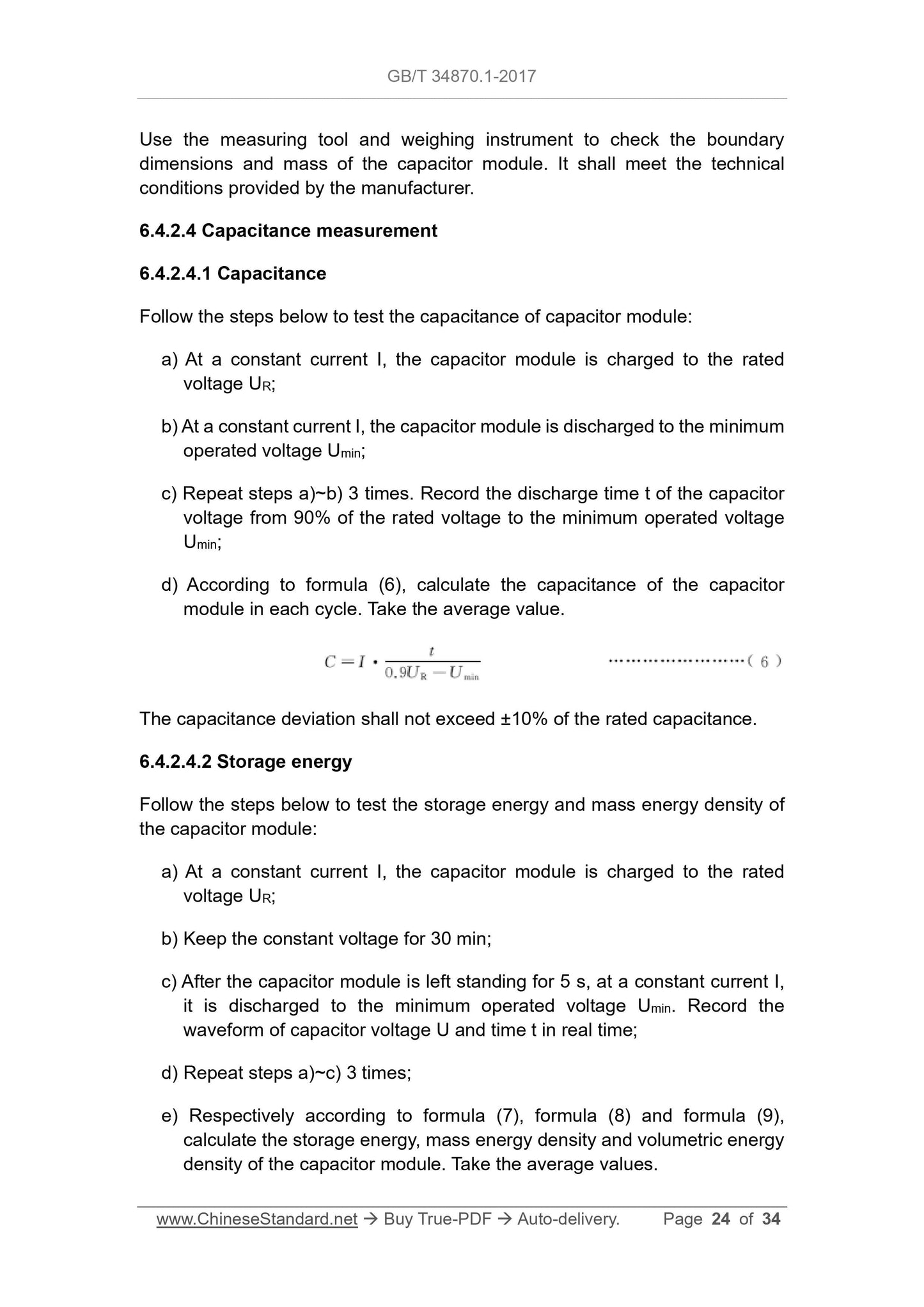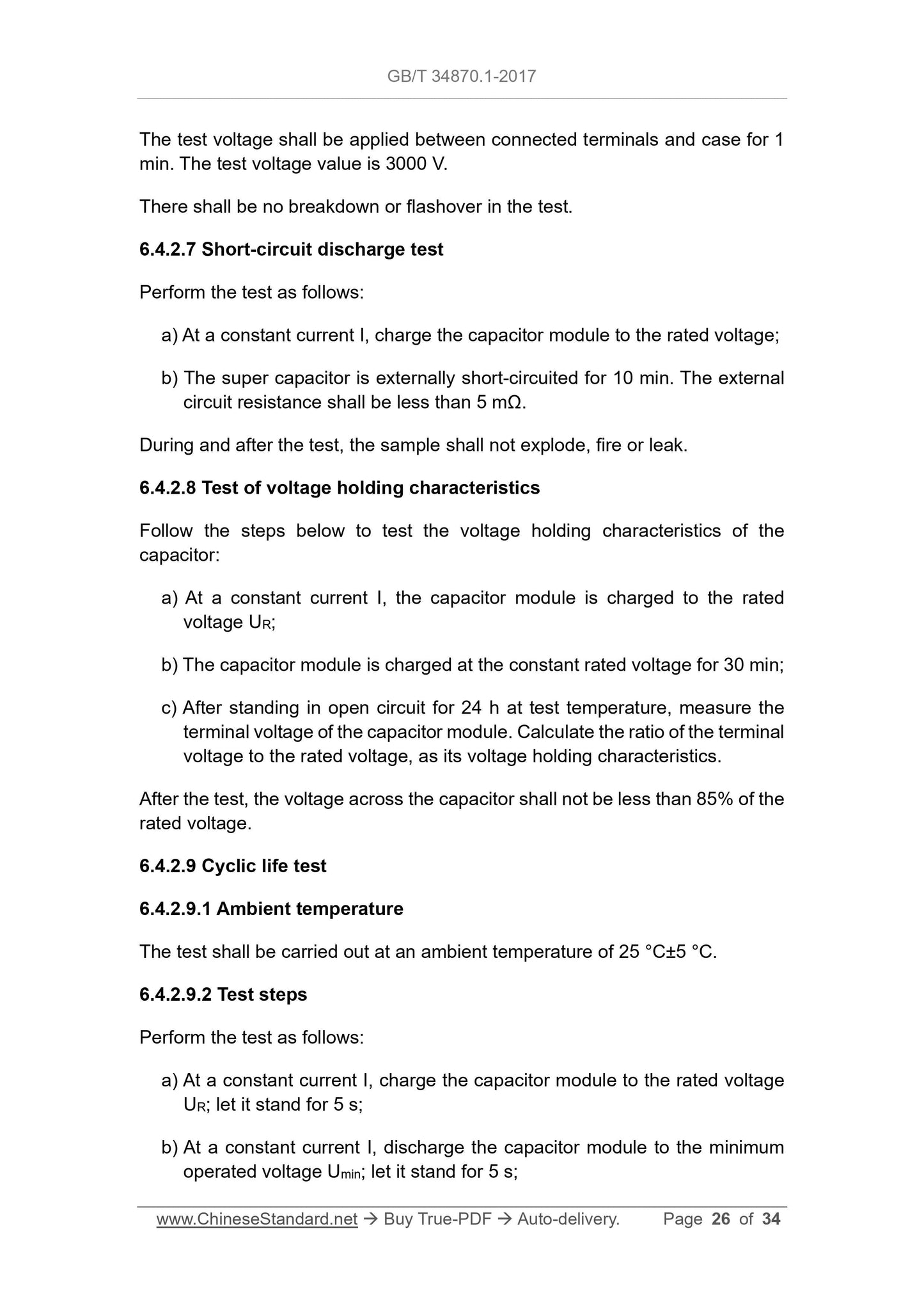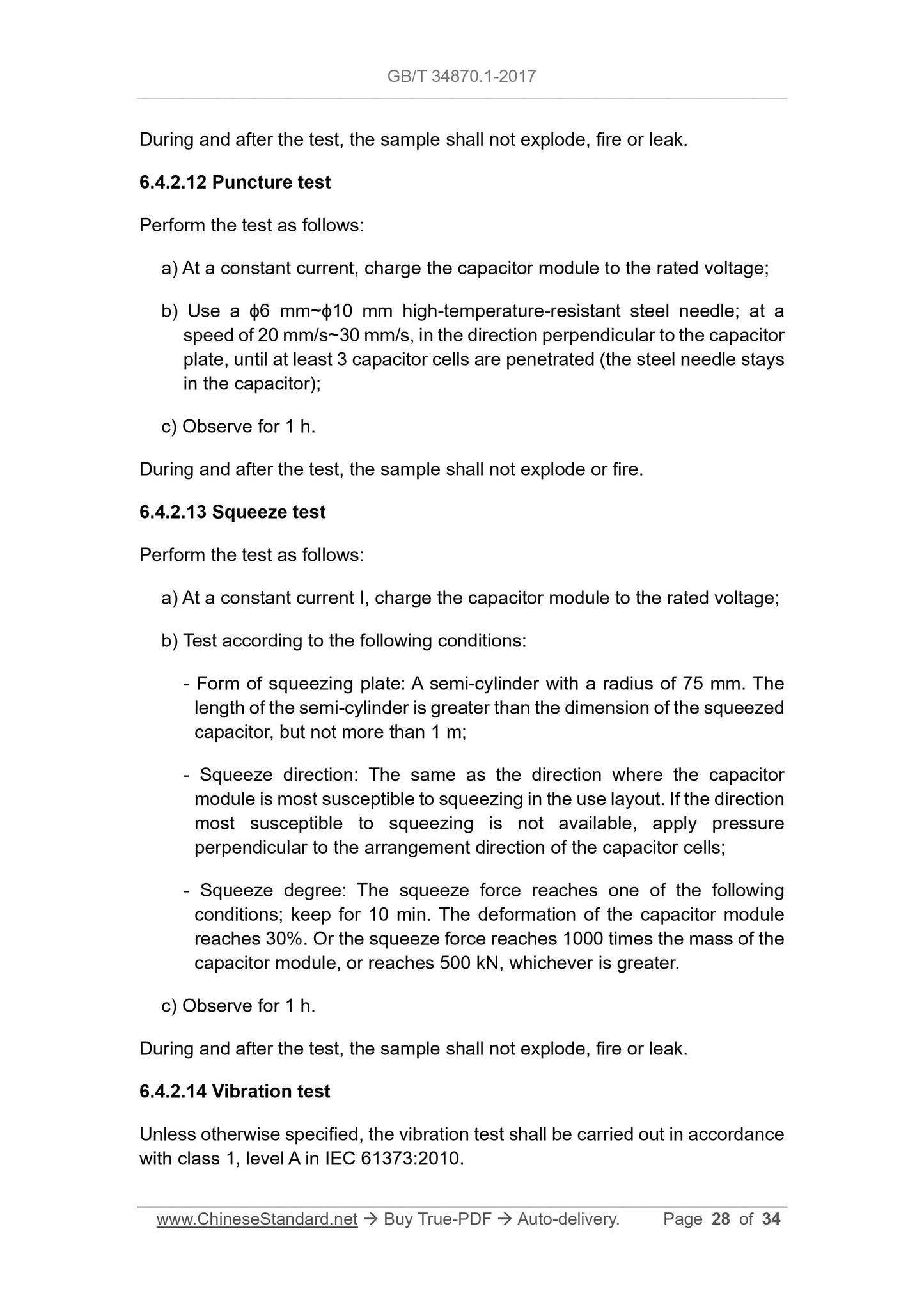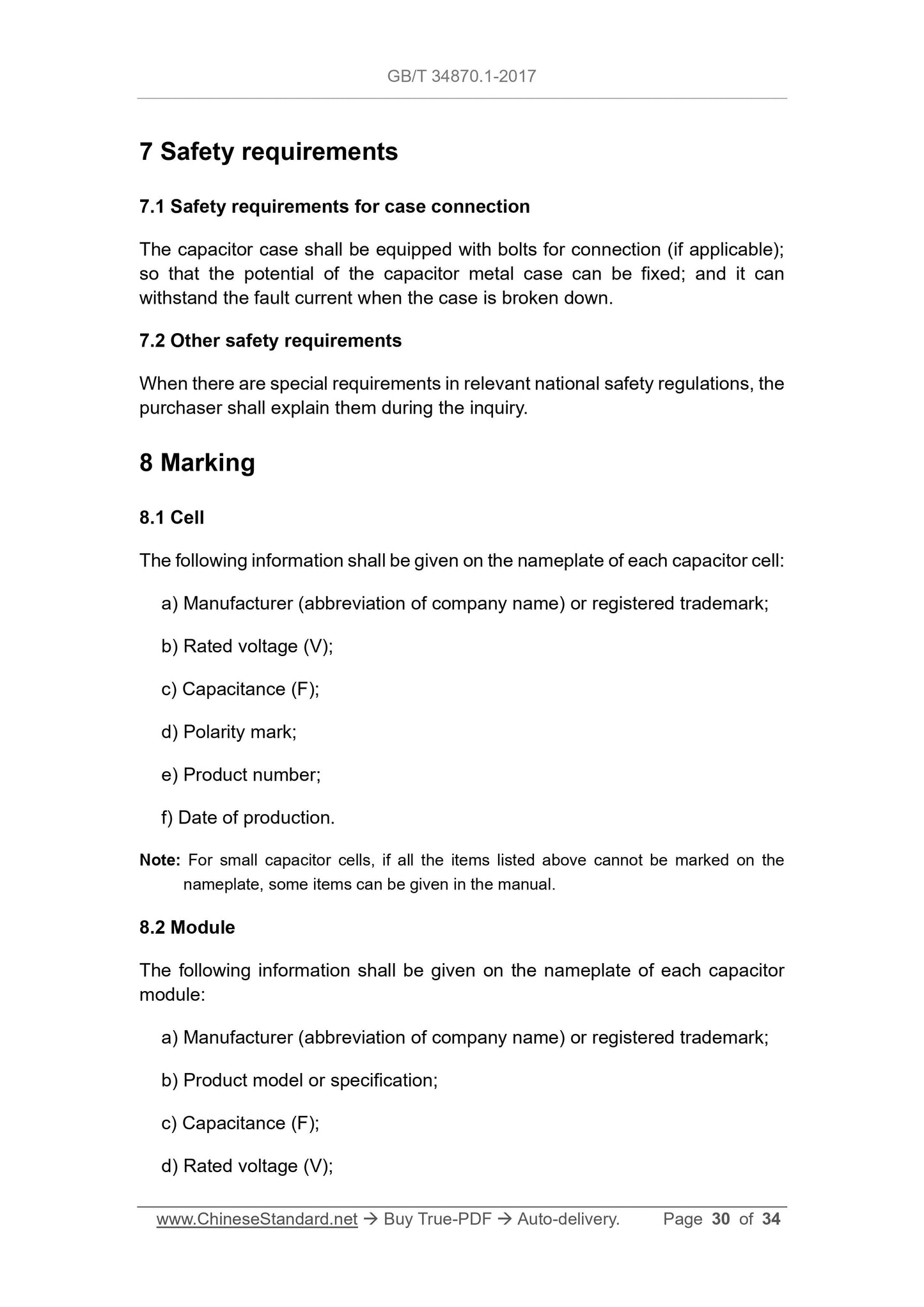1
/
of
12
www.ChineseStandard.us -- Field Test Asia Pte. Ltd.
GB/T 34870.1-2017 English PDF (GB/T34870.1-2017)
GB/T 34870.1-2017 English PDF (GB/T34870.1-2017)
Regular price
$380.00
Regular price
Sale price
$380.00
Unit price
/
per
Shipping calculated at checkout.
Couldn't load pickup availability
GB/T 34870.1-2017: Super capacitors - Part 1: General
Delivery: 9 seconds. Download (and Email) true-PDF + Invoice.Get Quotation: Click GB/T 34870.1-2017 (Self-service in 1-minute)
Newer / historical versions: GB/T 34870.1-2017
Preview True-PDF
Scope
This Part of GB/T 34870 specifies the terms and definitions, conditions of use,classification, quality requirements and tests, safety requirements, marking,
packaging, transportation and storage, and environmental protection
requirements for super capacitors.
This Part applies to super capacitors including electric double-layer, hybrid,
battery capacitors.
Basic Data
| Standard ID | GB/T 34870.1-2017 (GB/T34870.1-2017) |
| Description (Translated English) | Super capacitors - Part 1: General |
| Sector / Industry | National Standard (Recommended) |
| Classification of Chinese Standard | K42 |
| Classification of International Standard | 31.060.70 |
| Word Count Estimation | 23,247 |
| Date of Issue | 2017-11-01 |
| Date of Implementation | 2018-05-01 |
| Regulation (derived from) | National Standard Announcement 2017 No. 29 |
| Issuing agency(ies) | General Administration of Quality Supervision, Inspection and Quarantine of the People's Republic of China, Standardization Administration of the People's Republic of China |
Share
